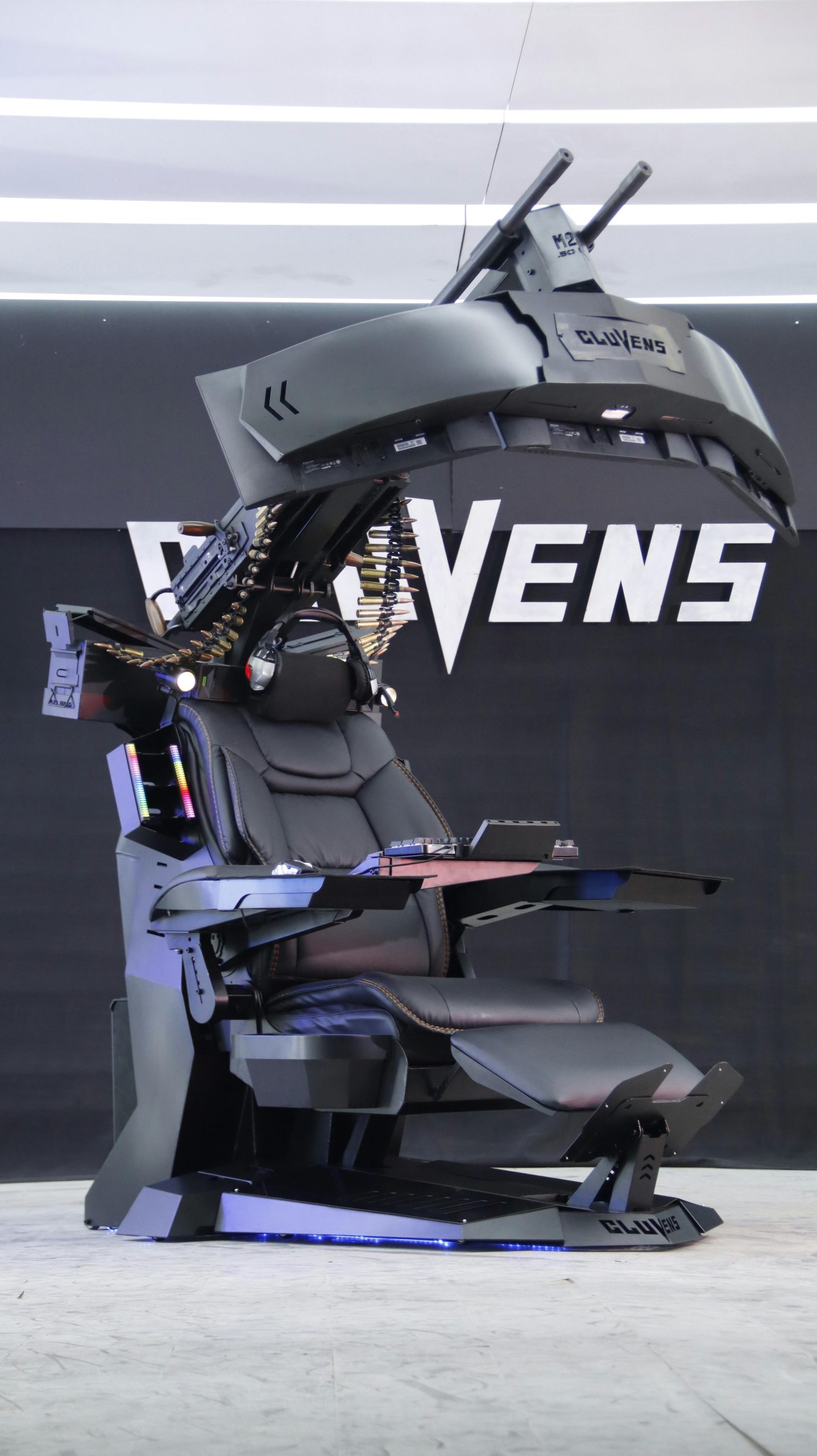Understanding Intermittent Display Issues in Modern Laptops: A Case Study of the Lenovo IdeaPad 5 Pro 16ACH6
In the realm of portable computing, display stability is crucial for an optimal user experience. However, some users encounter intermittent screen problems that can be both perplexing and disruptive. This article examines a specific case involving a Lenovo IdeaPad 5 Pro 16ACH6 and explores potential causes and troubleshooting strategies for intermittent black screens and related display anomalies.
Overview of the Issue
The user reports sporadic incidents where the display temporarily blacks out, alternating between complete blackouts lasting approximately one second, partial blackouts affecting half the screen, or horizontal bands of black or gray that quickly revert to normal. These flickering episodes tend to synchronize with the use of particular applications, notably development environments and office suites.
Additionally, the user notices image retention or ghosting effects—faint outlines or residual images that linger on the screen after closing documents or switching applications. Such artifacts are often associated with display panel issues, graphics processing, or driver conflicts.
Common Scenarios of Occurrence
The problematic episodes are most frequent when running development tools like Visual Studio Code, especially during intensive coding sessions. They also appear when using productivity software such as WPS Office in conjunction with web browsers, and occasionally even during low-graphical web browsing on platforms like Gemini. Interestingly, disabling hardware acceleration in browsers appears to influence the frequency of these issues, indicating a potential link to graphics processing.
Troubleshooting Efforts and Observations
Several diagnostic steps have been undertaken:
-
Browser Configuration Changes: Switching from Google Chrome to Microsoft Edge to evaluate whether browser acceleration impacts the problem. Disabling hardware acceleration in Edge seemed to provide temporary relief but did not eliminate the issues entirely.
-
Resource Monitoring: Task Manager reports minimal CPU, GPU, and RAM usage during episodes, suggesting that resource exhaustion or overheating is unlikely. The GPU temperature remains within a safe range (around 39-41°C), further indicating cooling is not a culprit.
-
Driver Verification: The user confirms that graphics drivers are current, which reduces the likelihood of outdated driver issues.
Potential Causes and Considerations
Given the described symptoms and troubleshooting background, several possible causes merit exploration:
-
Graphics Driver or Hardware Compatibility: Despite updated drivers, conflicts or hardware anomalies can cause intermittent display failures, especially under certain graphics loads.
-
Display Panel Issues: Flickering and ghosting may point to a faulty display panel or connection issues
Share this content:

